5. Freaks tie with Trash Humpers
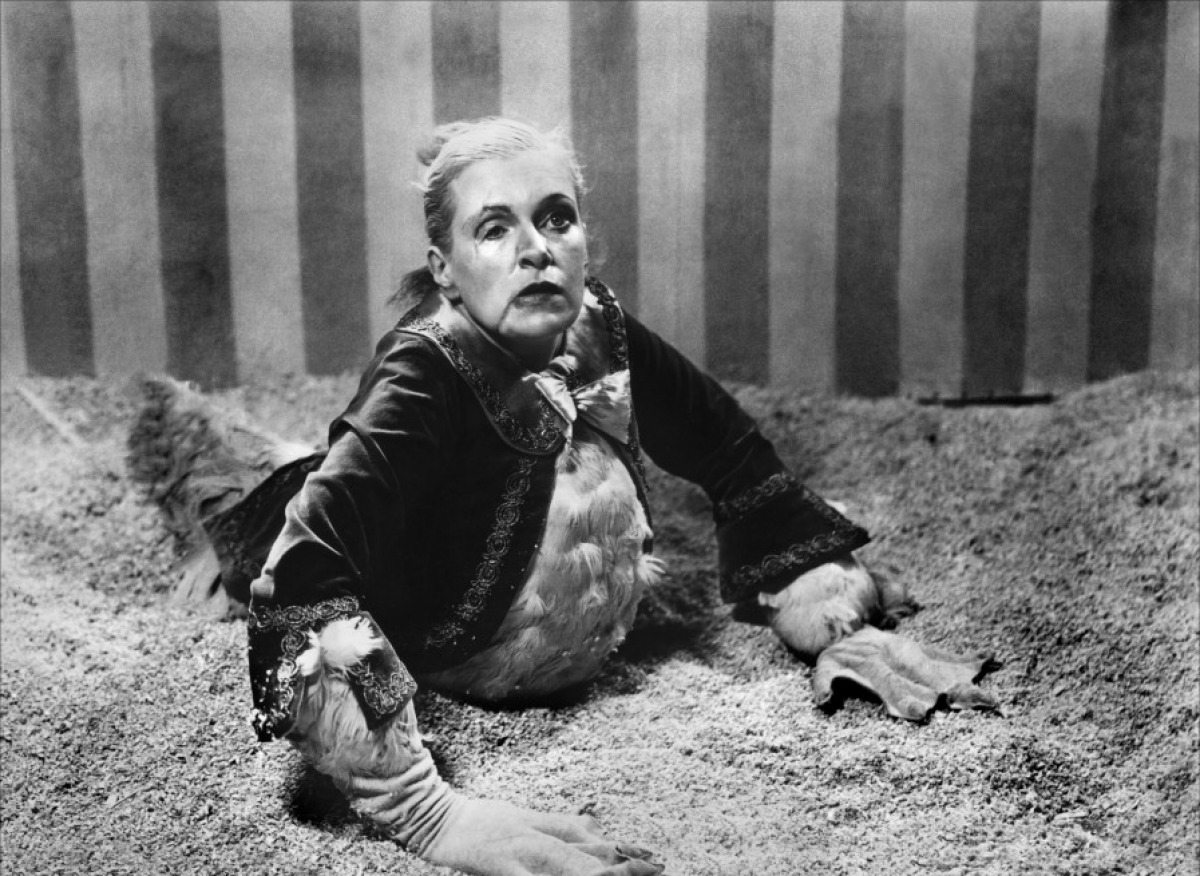
Todd Browning’s Freaks is a classic in a way. The film remains contested because it features people with actual ‘deformities’ or ‘defects’. The film could be read as either humanizing or exploiting the actors and remains controversial, with a grotesque plot that echoes themes found in Poe.
A Harmony Korine film is compulsory, as the director wrote Kids and directed Gummo, and this film, shot on degraded video shows old people having sex with garbage. One doesn’t need to say anything more.
4. In the Realm of the Senses tie with Anatomy of Hell
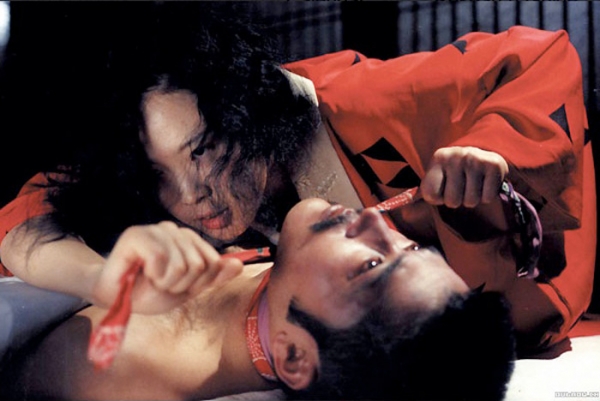
One of Oshima’s masterpieces, In the Realm of the Senses tells the story of the sex worker Sada Abe who murdered her lover and cut off his penis as a souvenir. There is something perverse about Sada Abe and KichizoIshada’s transgressive intimacies. Moreover, Oshima’s film was financed with French money and one has a certain sense that Oshima is orientalizing the narrative of the film for a western audience.
Catherine Breillat’s Anatomy of Hell concerns a woman paying a gay man for sex and this premise is itself rather unsettling. Accused of homophobia, there is something perverse about this premise whether or not one agrees with the charge, and there is much in the film that is disturbing.
3. The Seashell and the Clergymen
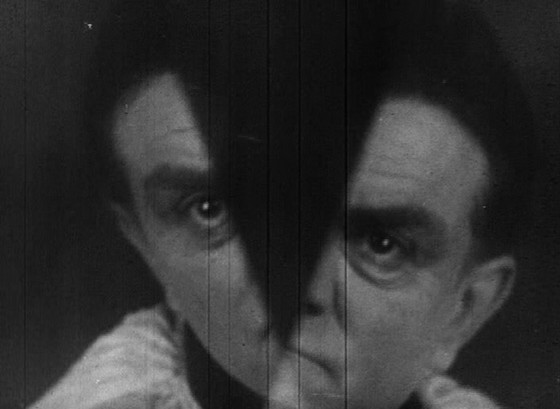
When first screened, the film’s writer Antonin Artaud allegedly could not restrain himself from denouncing the director’s interpretation of his scenario and saying hateful things about Germaine Dulac.
One wonders of the relationship between such excessive bestial ravings and Artaud’s suggestion in his uncannily named book The Theatre and Its Double, that cinema was an instrument of murder that was doomed to inhabit a realm of death in contrast to the living, vibrant animalistic magic of the stage. He wasn’t the only one to be repelled by the film. With masculinist derision, the surrealists refused to recognize its surreality instead seeing it as a byproduct of bourgeois culture.
By importing aspects of impressionistic edits and expressionistic sequences, Dulac delightfully deviates from the paradoxically high-minded subversion of surreal humor to examine the fantasmatic lust and imaginings of a clergyman for a general’s wife. Far from being a medium of death, the cinematic power of The Seashell and the Clergyman shows its perverse life, entering dreams with a pleasure unparalleledeven in dreamscape masters such as Strindberg and Bergman.
2. Heart of Glass
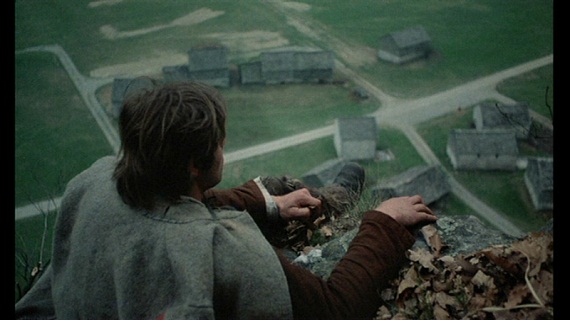
Werner Herzog’s Heart of Glass is an enigmatic work, depicting a mystic’s interest in a town where red glass is produced. The town becomes gripped by madness as though the glass were enchanted. What is disturbing and perverse about the film is that Herzog had his actors hypnotized, engendering a sense of voyeurism from the viewer. Further, there is a scene where a woman does a topless dance under hypnosis, which feels extremely exploitative.
There is another level of perversion. Throughout his work, Herzog has shown a desire to overcome interpretive analytical frameworks of cinema and so wishes to avoid leftist didacticism that he embraces aspects of Germany’s culture that are viewed as problematic.
Whereas Syberberg faces these dangers head-on, Herzog does not.(Syberberg is definitely the more problematic director though.) Instead, he conjures sequences that he acknowledges owe a debt to German Romanticism. Despite the believed complicity of Romanticism with Nazism, Herzog plunges into German mythic states while refusing what could be the allegoric connections to Germany’s horrific past.
1. A Song of Love
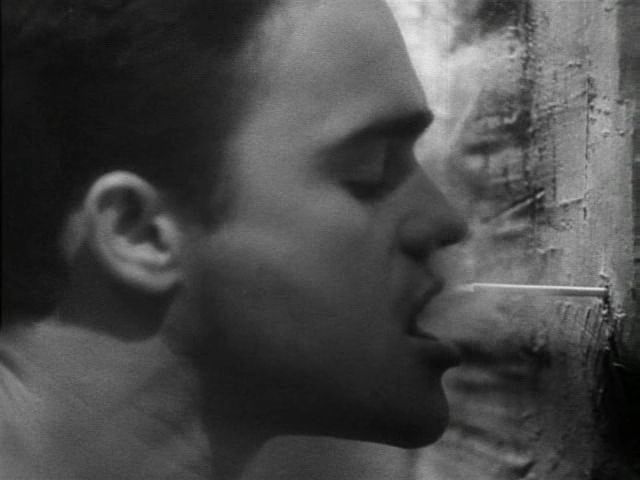
A Song of Love is a beautiful film by Jean Genet, exploring a gay relationship within the confines of the cell. This is not what is perverse about the film.
The film, let us go further, is not perverse because it features unsimulated masturbation or fuses the pornographic with the artistic, and again, it is certainly not perverse for exploring homosexuality. It is not perverse for entering into phantasmatic realms. What makes this film perverse is precisely its implicit discourse on the coordinates of freedom.
Although the idea that people may form even more intense bonds in extreme circumstances seems a fact of life and that tenderness can exist even in such deprived circumstances a testament to humanity, what is perverse is the notion that such confines can enable a sort of freedom and emancipation.
We witness two men through prison windows grasping at flowers. One hand is trying to catch the flowers and the other to give the flowers. A guard watches this failed exchange and is amused by the failure of this symbolic consummation. He chuckles, reassured that their love is doomed to remain unconsummated.
One of the men in the cell, an older man watches through a small hole in the wall a younger man dance and grab himself. The younger man kisses a tattoo on his own muscles. The older man is entranced and perhaps tormented by the sight. He grabs, in distinction to the young man’s hairless chest, his own hairy chest and propels himself onto the bed, masturbating. (Genet despite only making one film reveals his cinematic love of texture, the texture of hair, clothing and the prison walls.)
The guard patrols and witness other men masturbating and gyrating in what in some ways appears to him a pornographic zoo. Their animality and simultaneous humanity shocks the guard who is both enticed and repelled.
The two prisoners, the older and younger one of different ethnic backgrounds, manage to find a way to overcome their separation but only after being thwarted. The older man attempts to share his breath with the younger man who doesn’t notice. The older man pushes a thin straw or pipethrougha tiny hole in the wall—which briefly functions as a sort of make-shift glory hole in miniature—so that he can breathe cigarette smoke through the phallic bridge to the other man, but the other man just dances by himself. Later they share the smoke sucessfully.
The guard derives a sadistic pleasure from watching the inmates but also suffers as his desires remain even less consummated than theirs. He envies both their freedom and their erotic openness until he snaps and brutishly appears to place his gun in the mouth of the older prisoner as he pictures thoughts of them free.
We see also his desire to sleep with the younger man and his motivation of jealously fused with envy. Their modest exchanges become an acute form of madness for the guard and it becomes difficult to disentangle whose fantasy we are witnessing as what at first seems the prisoners’ becomes the guard’s and thereby disrupted and tainted by violence underpinned by his excessive yearning to participate in their imagined relations.
At the close of the film, the guard’s his desires recede as he witnesses what may be the sad failed floral consummation between the prisoners again—the hands are still scrambling for the flowers. His authority is able to seem partially present despite his embarrassment and he turns, assured of his power which in fact is illusory.
We witness, unlike the guard, the flowers being caught by the other hand through the cell window,and so the consummation occurs. In the film, the flowers are a phallic but also tender mode of sexual and romantic fulfilment.
Despite examining the perverse self-hatred of the guard and power, the film transcends the perverse becoming a genuine political statement as well as simultaneously being as the name suggests an ode to love. We see on the walls of one of the cells a graffiti-statement opposing the guards. (It is worth recalling that Genet himself had been imprisoned for theft and was often viewed as a criminal for his sexuality.)
As Auden wrote humanity is “of Eros and of dust” and that moments of illumination come at the price of perverse “ironic points of light”. In the same verse, Auden said that we must love or die. Jean Genet was a great twentieth century writer and a great gay writer of transgressive literature. His influence can be felt through the work of Foucault and Derrida whose book Glas pairs his work alongside Hegel who famously established the master—slave dialectic.
The relationship between slavery and love is surely most exquisitely, defiantly and powerfully explored through this film. This great film is a testament both to freedom and to love.
Author Bio: Aleks Wansbrough has a PhD in visual arts and has written for academic publications as well as mainstream ones on film and philosophy. He hopes someday to make a feature film himself.